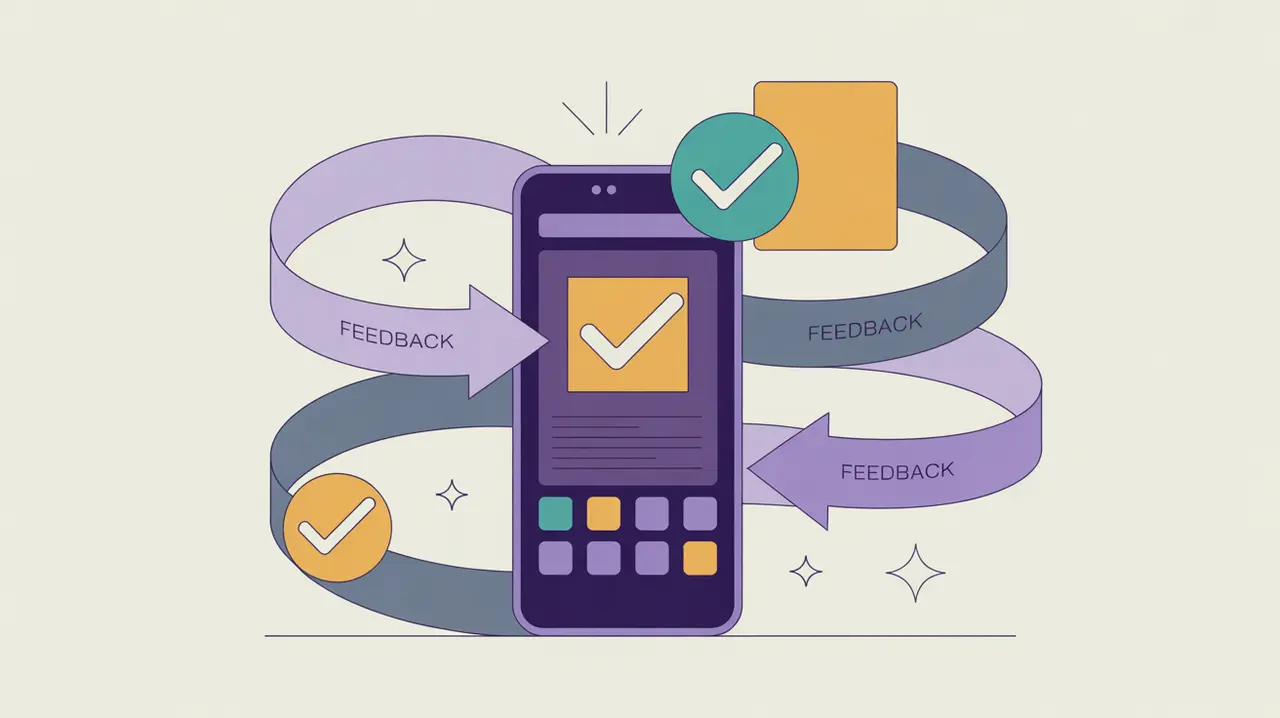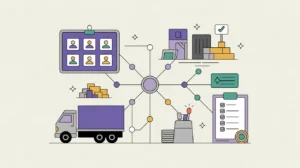What Does Program Piloting Involve?
Program piloting is the stage where ideas meet reality at a manageable scale. It allows nonprofits to test their program design in real-world conditions before committing to full-scale implementation. A pilot validates assumptions, exposes gaps, and generates lessons that strengthen effectiveness and efficiency. Instead of risking large investments or reputational damage on an untested model, organizations use piloting to refine content, logistics, partnerships, and data systems.
Piloting is not a trial-and-error exercise but a structured test. It focuses on answering specific questions: Does the model achieve intended outcomes? Are the activities feasible within the available resources? How do participants and partners respond? What unintended consequences emerge?
A strong pilot uses systematic monitoring and reflection to capture evidence and feedback. It concludes with decisions: adapt, scale, or discontinue. Pilots also serve as powerful communication tools, showing funders and policymakers tangible results in a short timeframe. Skipping the pilot phase often leads to costly missteps, while a well-run pilot builds confidence, credibility, and clarity for the path ahead.
What Competencies are Associated with this Role?
Piloting requires agility, critical observation, and structured testing. Key competencies include:
- Designing pilot protocols with clear learning objectives
- Selecting pilot sites and participants strategically
- Training staff and partners for small-scale delivery
- Running activities under close observation
- Collecting participant feedback through surveys or interviews
- Tracking costs, timelines, and logistical bottlenecks
- Identifying risks, gaps, and unintended consequences
- Documenting results in structured formats
- Facilitating after-action reviews with staff and stakeholders
- Synthesizing findings into adaptation recommendations
How Might AI and Automation Help this Role?
AI and automation can sharpen piloting by accelerating analysis and feedback loops. Opportunities include:
- Automated participant surveys with real-time dashboards
- AI analysis of qualitative feedback for emerging themes
- Predictive analytics to compare pilot results against expected outcomes
- Cost and resource modeling to project scalability
- Automated reporting templates to summarize pilot results
- Generative AI for rapid scenario adjustments based on findings
- Translation tools for multilingual participant engagement
- AI-supported facilitation of reflection sessions using transcripts and synthesis
What are the Roles by Experience Level?
Piloting involves cross-functional teams working closely together:
- Entry: Pilot Support Officer, Program Assistant – manage logistics, collect data, handle participant communication
- Mid: Program Officer, MEL Associate – oversee pilot delivery, track indicators, analyze initial data
- Senior: Program Manager, Pilot Lead – design pilot protocols, supervise staff, ensure systematic learning
- Executive: Chief Program Officer, Executive Director – approve scope of pilots, communicate results to funders and policymakers, decide on scale-up
How Transferable are the Skills from this Role?
Piloting develops skills in experimentation, adaptive management, and rapid learning. Within nonprofits, these skills transfer into monitoring and evaluation, program management, and innovation roles. Beyond nonprofits, piloting experience maps onto product testing, service prototyping, and user experience research in the private sector. The ability to design controlled experiments, gather actionable feedback, and adapt models is a cross-sector competency valued in fields as diverse as education, health, technology, and social enterprise. Piloting builds confidence in decision-making under uncertainty and strengthens the capacity to innovate responsibly.







